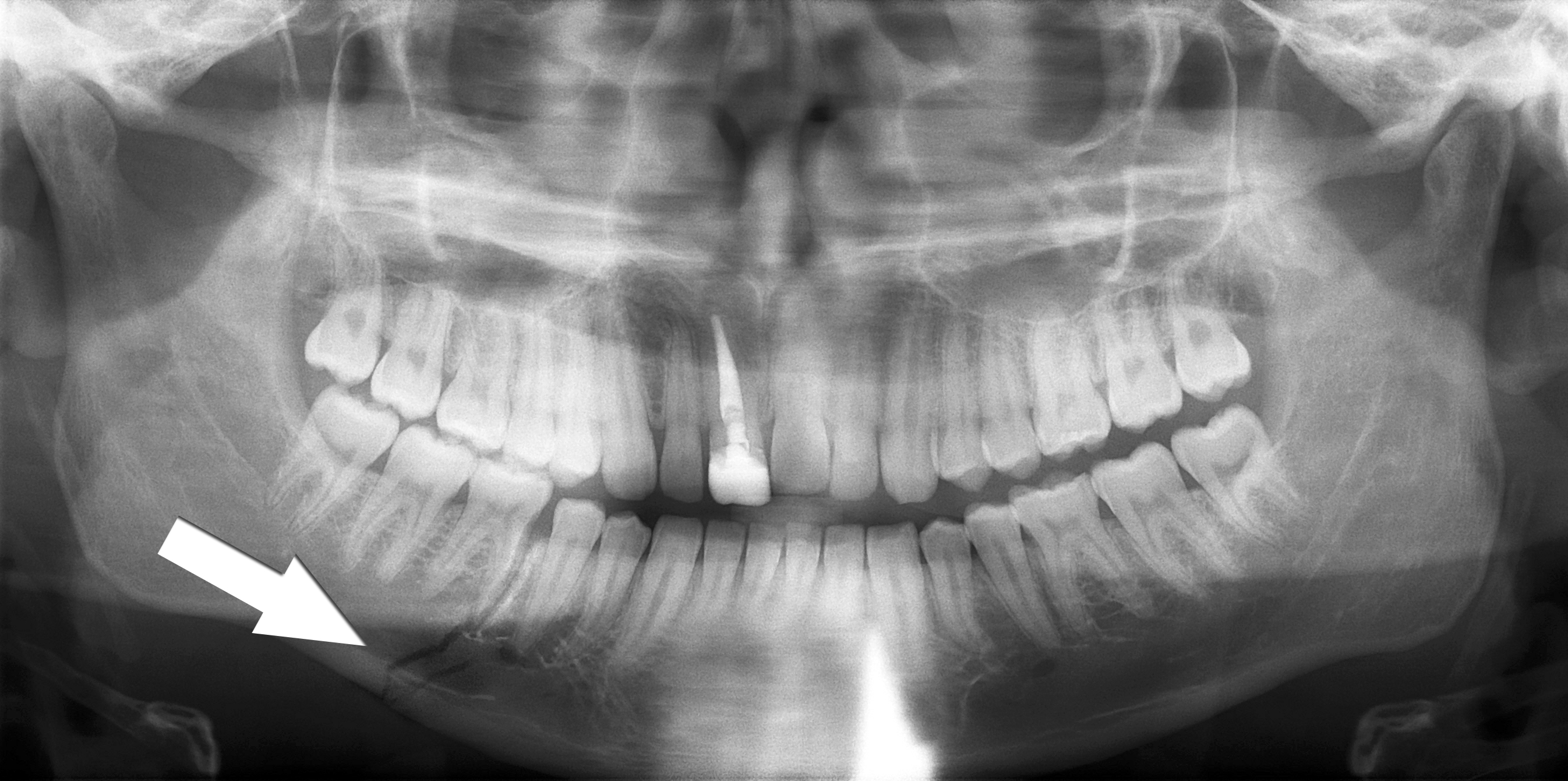How to Start an Orthodontic Practice
Since most orthodontists are not orthodontic professionals by day and secretly businessmen or entrepreneurs by night, it can be rather intimidating starting your own orthodontic practice. You can imagine your orthodontist business similar to any other startup’s work to make it to the top. This time, in order to start off on the right foot you and your team can follow some of these steps to learn the business matters in starting your very own practice.
You’ll need time if you want to start an orthodontic practice in your area, in addition to your team you’ll need marketing efforts to gather your patients, to purchase expensive equipment, and a positive will to remain strong. Don’t worry, you’re in the right place to get started in pursuing your dream to opening your own orthodontic practice.
Are you qualified?
First things first, you don’t want to start this large business endeavor unless you’re sure you have all of the necessary qualifications. Running your own orthodontic practice and simply being a practicing orthodontist are certainly two entirely different things. In one case you’re part of a team where you work as a qualified professional, the other situation means you’re a business owner running your own team of orthodontists and managing day to day operations within the practice.
You need to ask yourself honestly, do you have what it takes to work in this area? Many will decide it’s most practical to work for someone else to start gaining the experience before trying it out on their own at first. Sometimes people during this process realize it’s for the better to continue working for an established practice. Either way, it’s essential for orthodontists to work in the field prior to starting their own business to ensure they’re physically, mentally, emotionally, and financially cut out for the work that will follow.
Of course it’s essential to be physically, and financially apt to the challenge but even more so you must be legally equipped. After you’ve made the decision you’re going to make your dreams come true by starting your own orthodontic practice it’s time to start the paperwork. Varying on your location the license will differ, in some places you’re required to purchase bond insurance before even applying for your business license.
Once you’ve purchased and received your license and registration you’ll also need to file for tax IDs for your business. In order to ensure this process is the least stressful as possible, ensure you leave yourself plenty of time for this ranging from six months to a full year.
Is there high demand in your location?
It’s important to take into consideration the area in which you wish to start your your practice. If your business is going to be financially stable, you’ll need to work in an area with a lot of available patients and a great existing need for your services. If you and your team decide to set up shop in an area where there’s already practicing orthodontists you must remember the competition you will face. How will you combat the competition? By offering cheaper services? More flexibility in scheduling?
On the other hand, if there’s a lack of orthodontists in your area, take this into consideration as well. Why are there so few orthodontic practices there, perhaps its the lack in demand to maintain the practice’s stability. Market research is a crucial aspect of this part of the process. This will not only guide your marketing efforts but also tell you which situations are plausible and what’s definitely not.
What is your budget realistically?
While we all know how expensive orthodontic care can be, whether it’s standard minimal care or top of the line state of the art services you need to be fully prepared beforehand to know what your budget is going to look like. A general rule to remember is, when starting your own orthodontic practice or dental business of any kind for that matter you shouldn’t be expecting a profit until at least 5 years down the road. Yes, orthodontists are known for their expensive services, but you won’t land any patients by charging too much right off the bat.
Once you’ve rented a location, gone through to purchase all of the needed equipment, employed all of your team members you must ensure you’ll have just enough money left over to pay your bills each month. If you don’t set your budget with realistic goals in mind it could be an early detriment to your business’s success in the long run.
Know who you know and know who you don’t know
Like any great business, an orthodontic practice is also about all of the networking and connections you have and create. God forbid you get into legal or financial trouble who is going to come to your rescue? If your practice has an attorney and an accountant nearby you’ll be thankful. The earlier on you form these relationships the better, they’re also a great source of professional advice many of them having started their own businesses as well.
How will you market your practice?
Here’s where the fun part comes in. This is just as crucial as any other step in the process, after all who is going to come into the practice as a patient if there’s zero marketing efforts? Your practice has no chance of succeeding if no one knows about it. Regardless of the size of your practice, or the size of your marketing budget, marketing plays an equally important role in the entire process and it mustn’t be forgotten.
Managing your own orthodontics practice will give you a new and exciting experience to put under your belt. Once you’ve accomplished these steps and you’re in the clear, all of your work has paid off and you will feel on top of the world. So what’s stopping you now, who’s ready to start their own practice?





